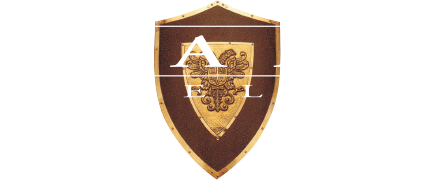Menu
Isaac Jewelers, an industry leader in Scottsdale fine jewelry, prides itself on offering luxury jewelry made with only the highest-quality diamonds. The quality of a diamond depends on three key characteristics – color, clarity, and cut.
The diamond color scale extends from D (colorless) to Z (light yellow or brown). While most consumers think of diamond jewelry using colorless diamonds, the truth is that they are very rare. The diamonds used in most jewelry are nearly colorless, but not entirely so. Color grades are determined by comparing each diamond to a master set. Each letter grade represents a range of color and is a measure of how noticeable a color is.
Some diamonds emit a visible light when exposed to ultraviolet radiation. Fluorescence is not a factor in determining color or clarity. In fact, it is estimated that only about 2 percent of diamonds are negatively affected by fluorescence.

Clarity refers to quantity of a diamond’s natural imperfections. Diamonds are formed under extreme pressure and heat, making it very rare to find a diamond that has no internal or external imperfections. Diamonds with the fewest imperfections are considered to be of the highest quality. The diamond clarity scale ranges from flawless to 13.

The cut scale ranges from excellent to poor. A polished diamond’s beauty lies in its complex relationship with light: how light strikes the surface, how much enters the diamond, and how, and in what form, light returns to your eye.
Three attributes help to form a beautifully cut diamond: brightness, fire and scintillation. Brightness is the combination of all white light reflecting from the surface and interior of the diamond.
Fire describes the “flares” of color emitted from a diamond. Scintillation describes the flashes of light you see when the diamond, light, or the observer moves.
A polished diamond’s proportions affect its light performance. Diamonds with fine proportions, symmetry, and polish optimize their interaction with light, and have increased brightness, fire, and scintillation.

When comparing prices of diamonds of similar qualities, consumers should consider all the characteristics mentioned on a diamond certificate in order to make a sound decision. This way, consumers can shop items “apples for apples” rather than “apples for oranges.” This also applies when you compare diamonds that were graded by different laboratories. For example, when looking at a diamond certified by the Gemological Institute of America (GIA), a customer should be comparing it against other diamonds certified by GIA as well. The most common labs are the European Gemological Laboratory (EGL), the European Gemological Laboratory United States (EGL US ), the American Gem Society (AGS) and the Gemological Institute of America (GIA). AGS and GIA have set the standard in the diamond industry as being the most credible in their grading techniques and standards. EGL and EGL US are seen in the industry as being more lenient in their grading. In spite of this, EGL US’ reputation has improved more recently even though its grading standards still seem to be more lenient than GIA and AGS.


Phone: 480-941-9090
EMAIL: info@isaacjewelers.com
Address: 15044 N. Scottsdale Rd. #130 Scottsdale , AZ 85254
Hours:
Monday – Thursday 10AM – 7PM
Friday & Saturday 10AM – 8PM
Sunday 11AM – 6PM